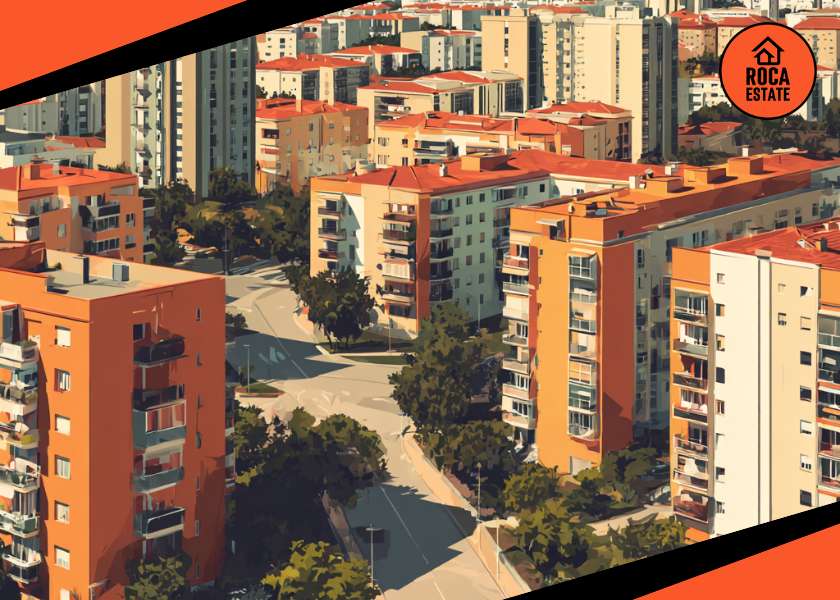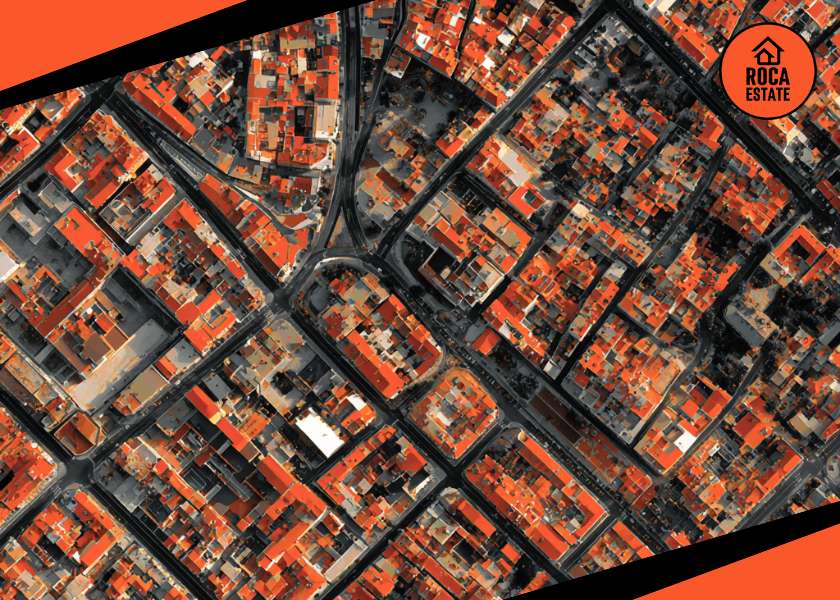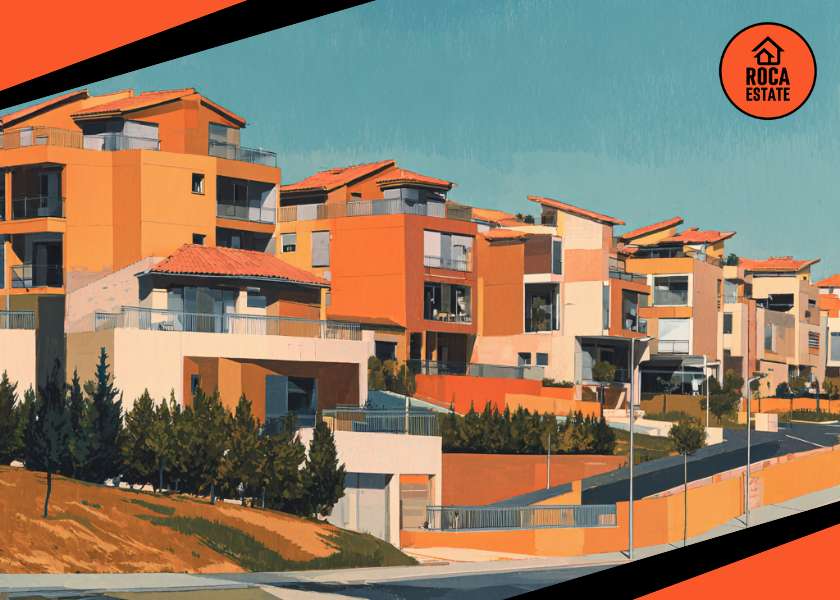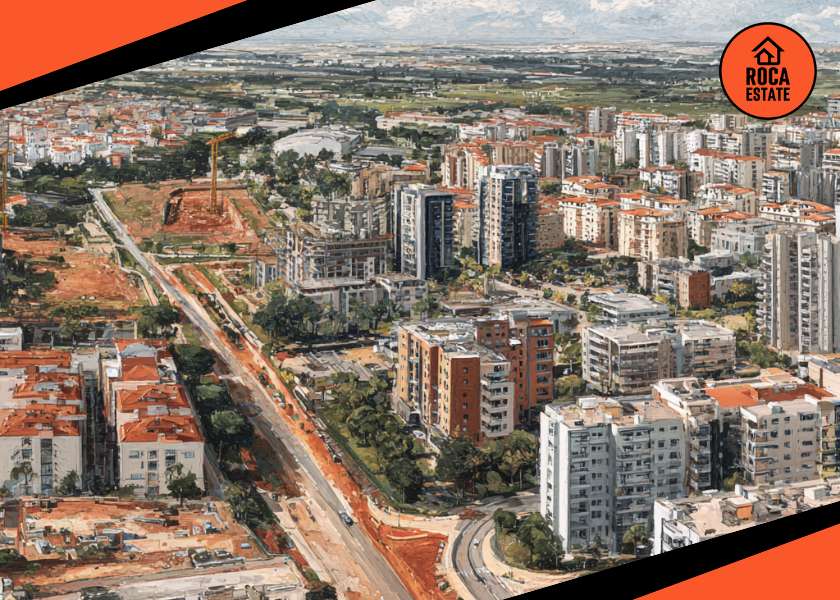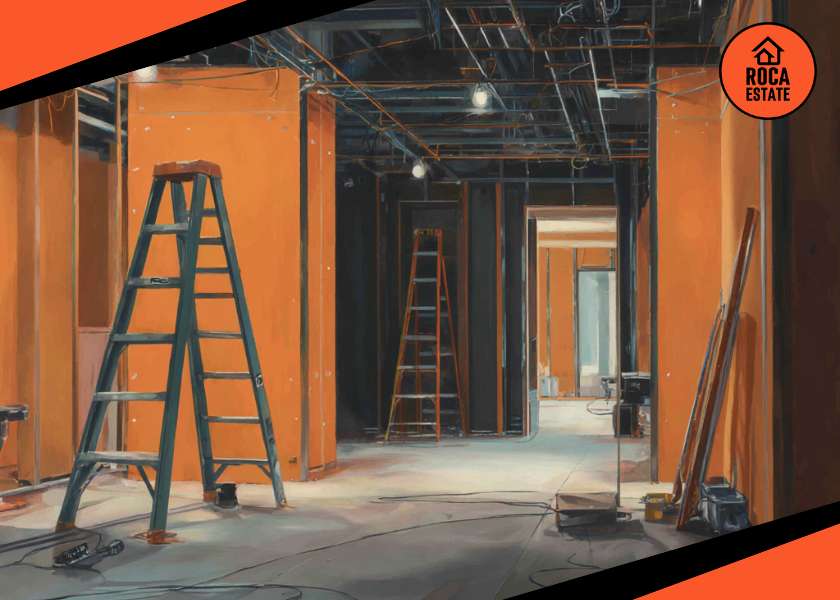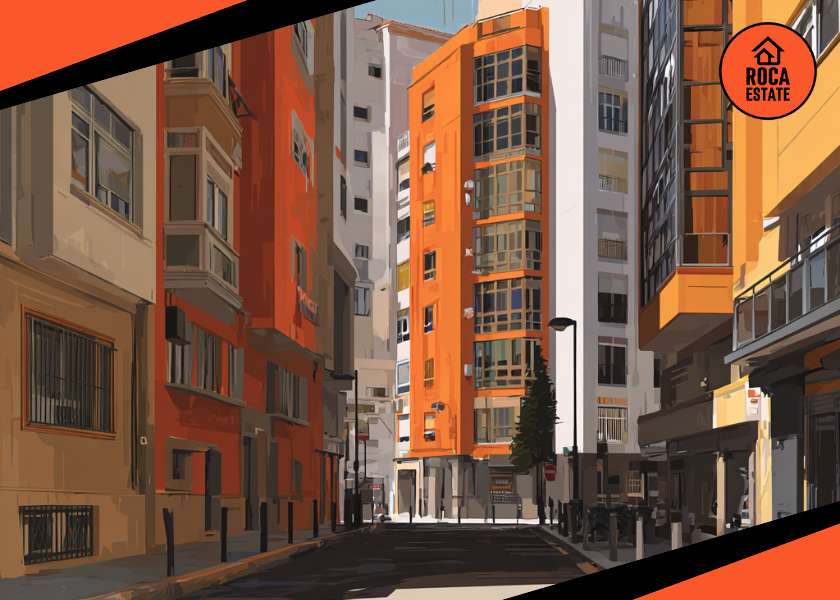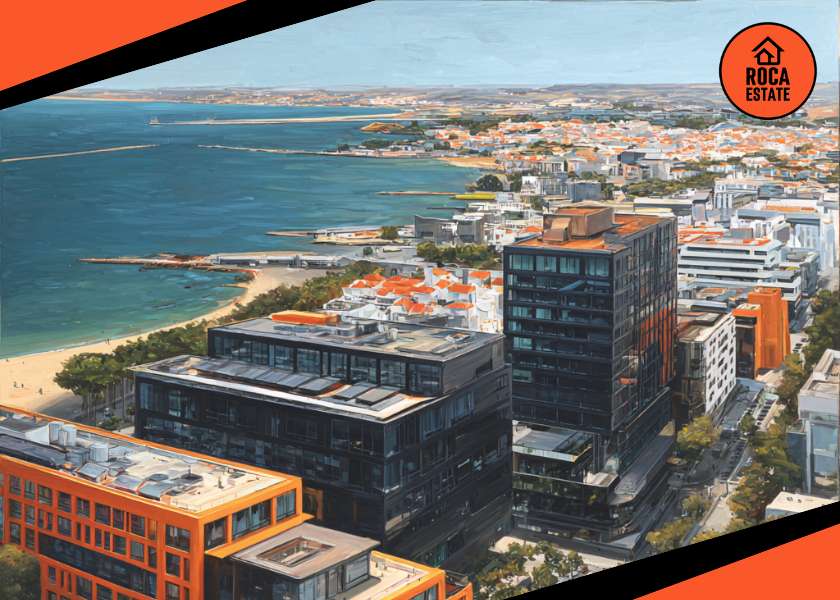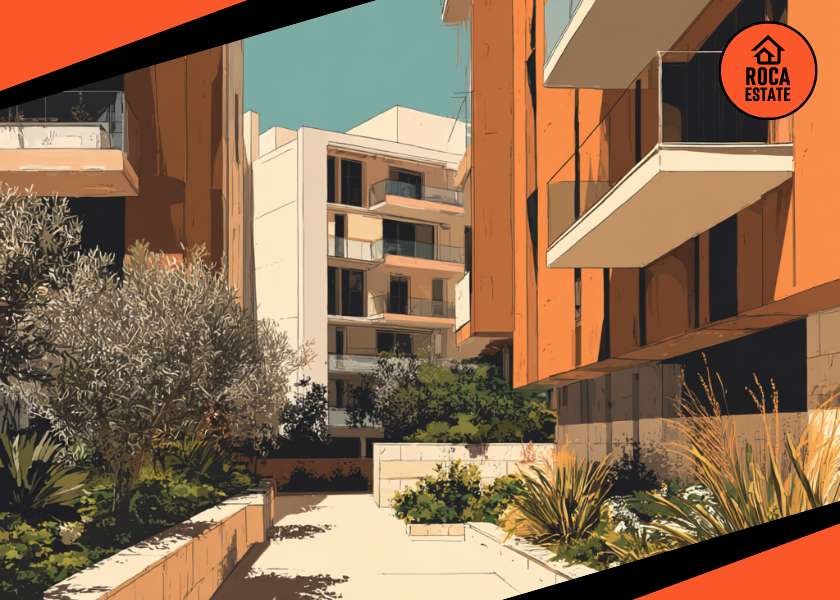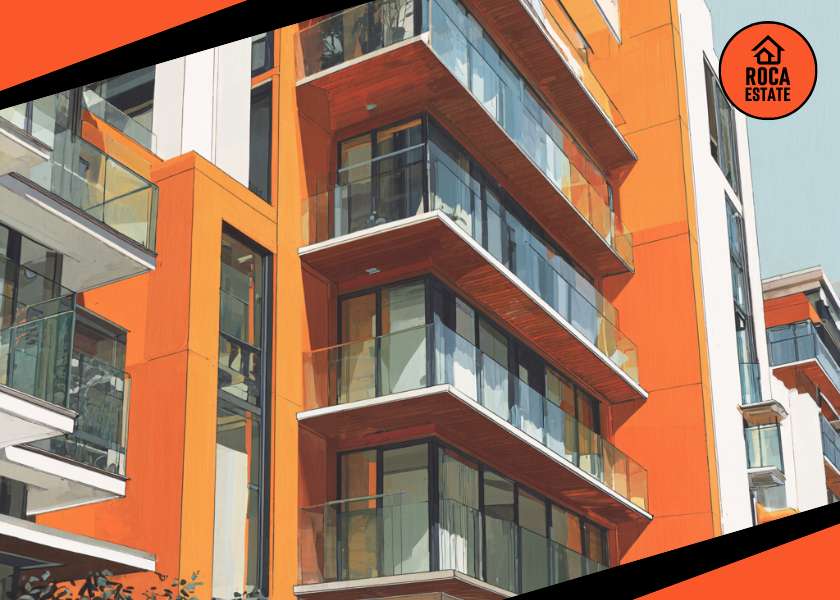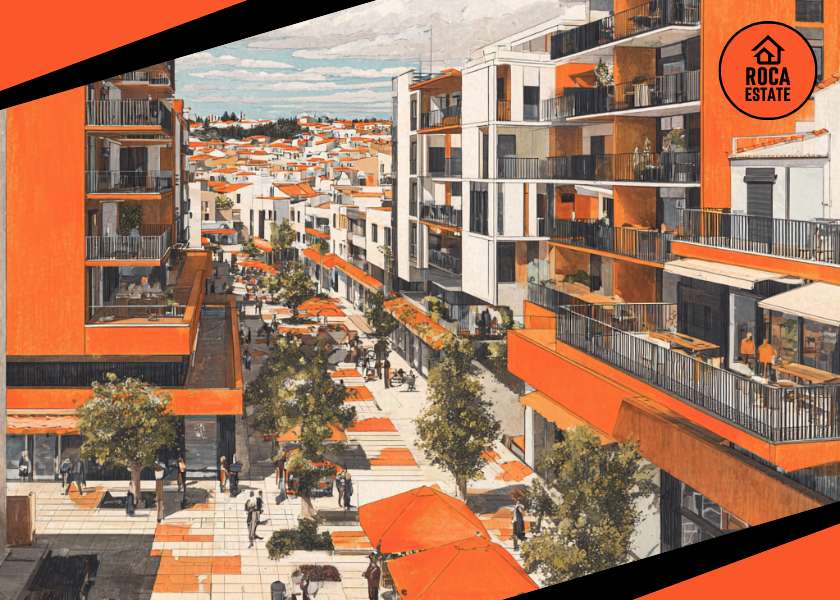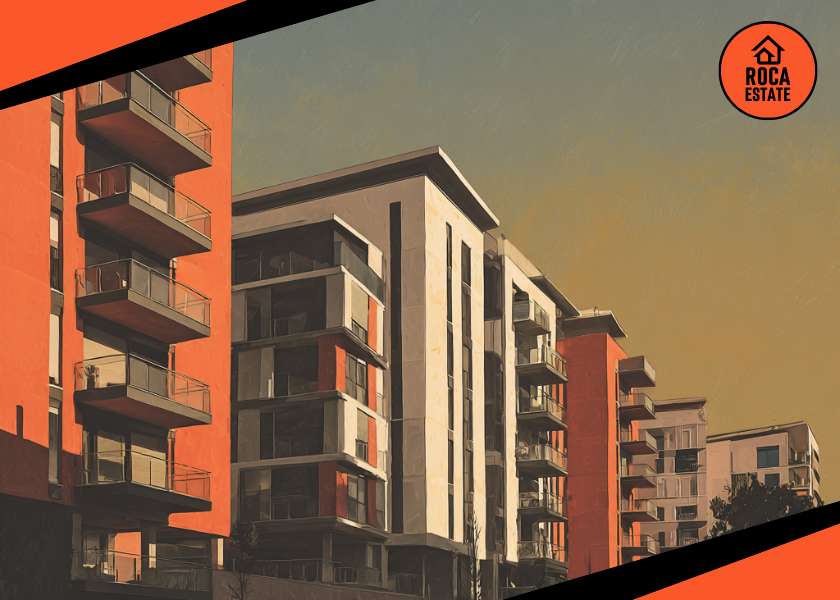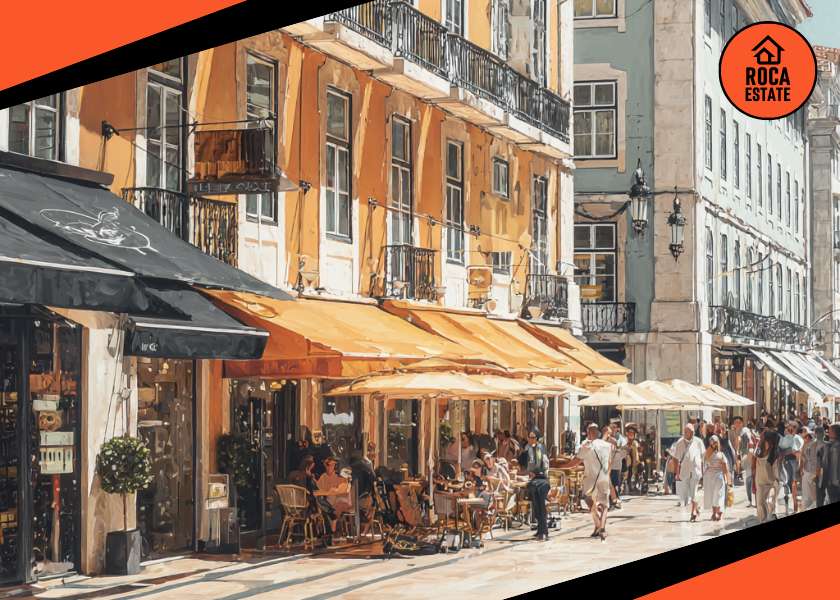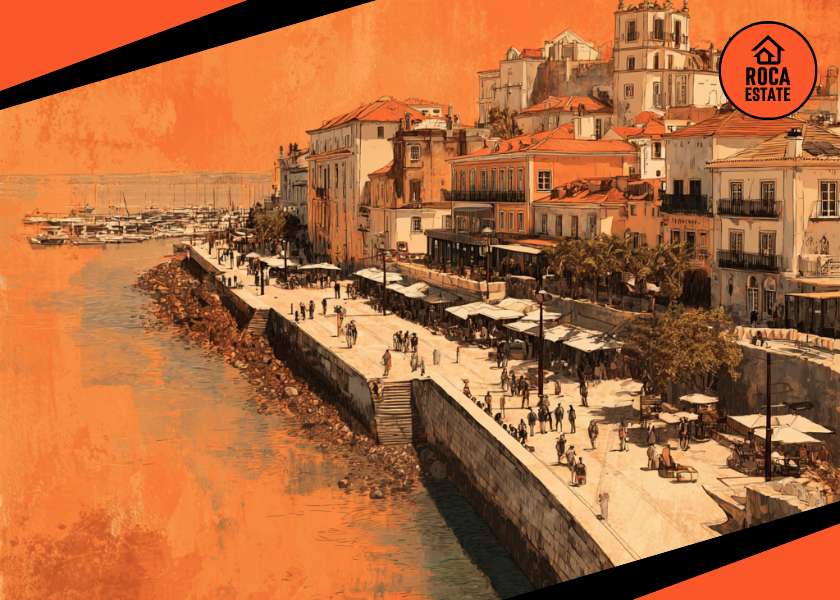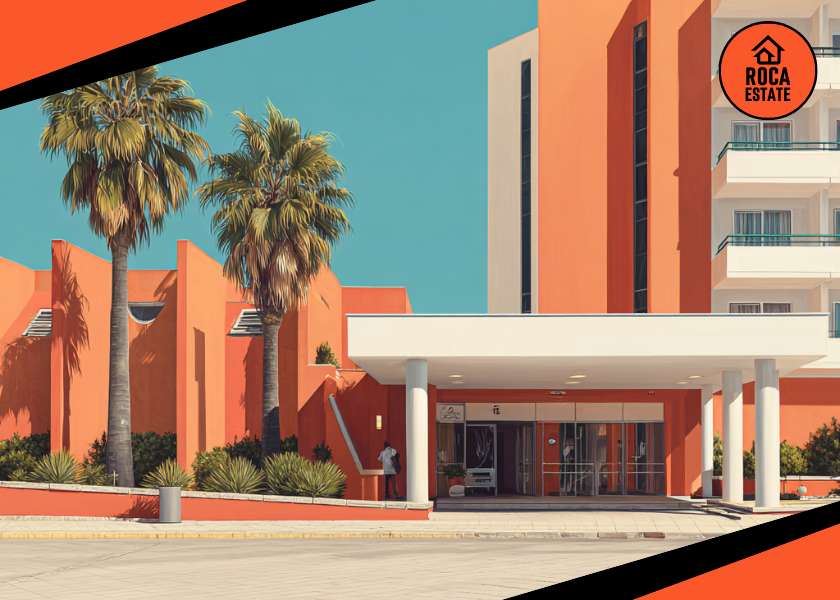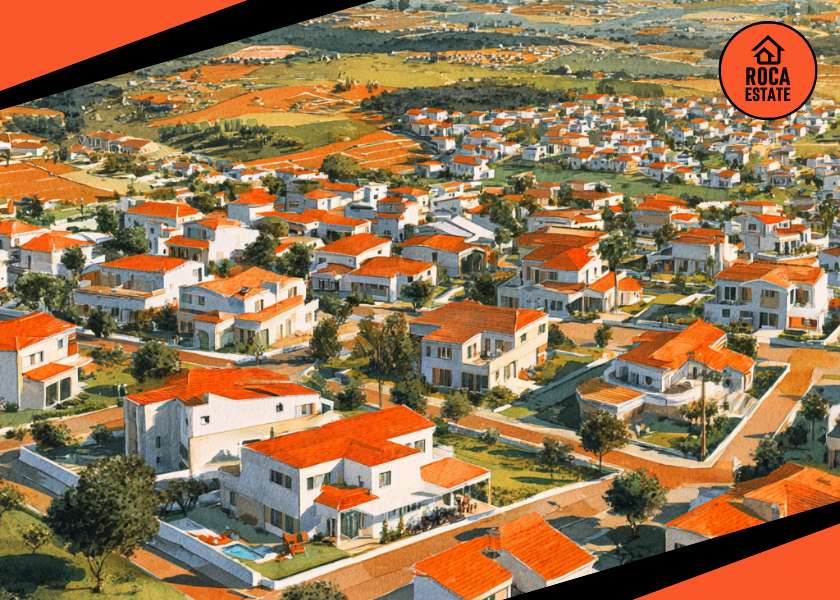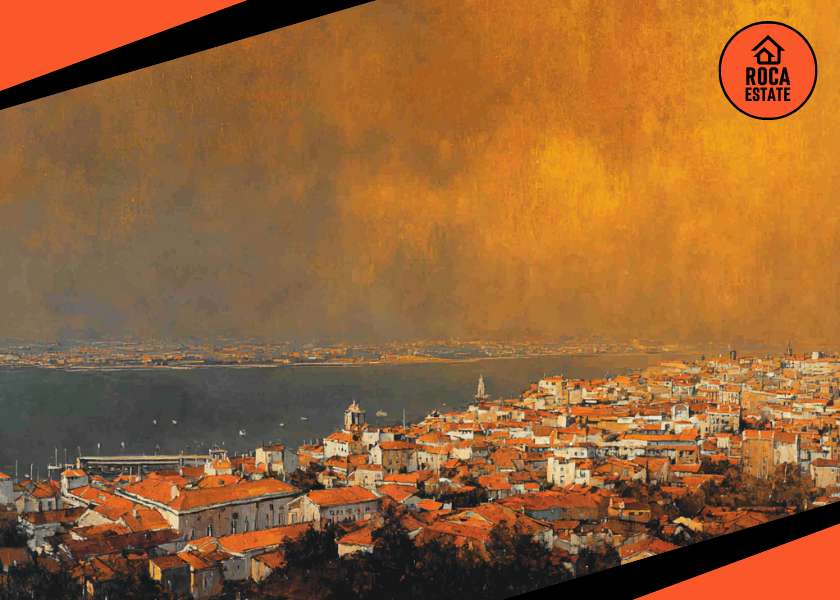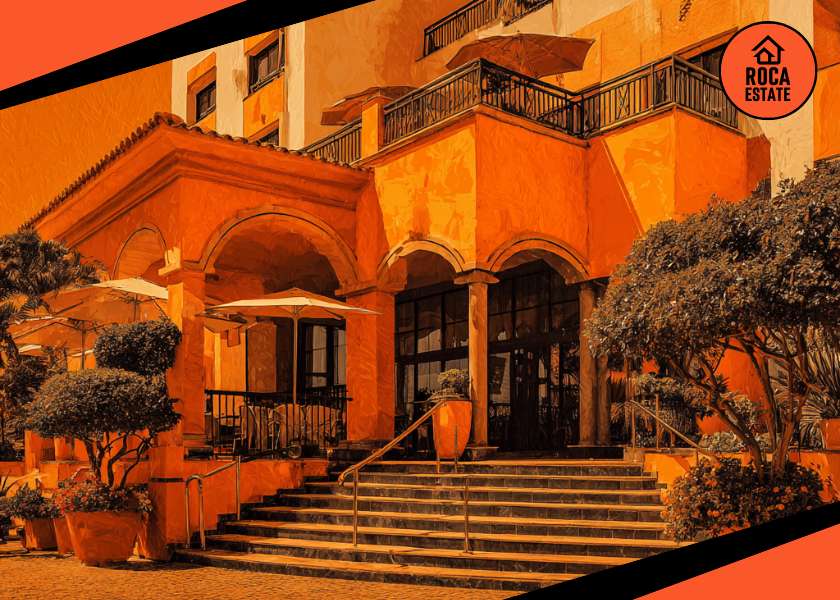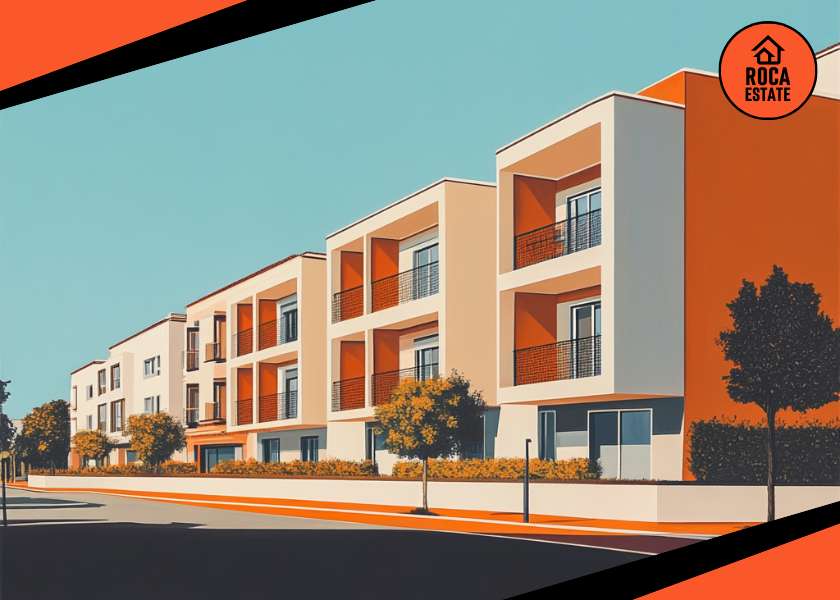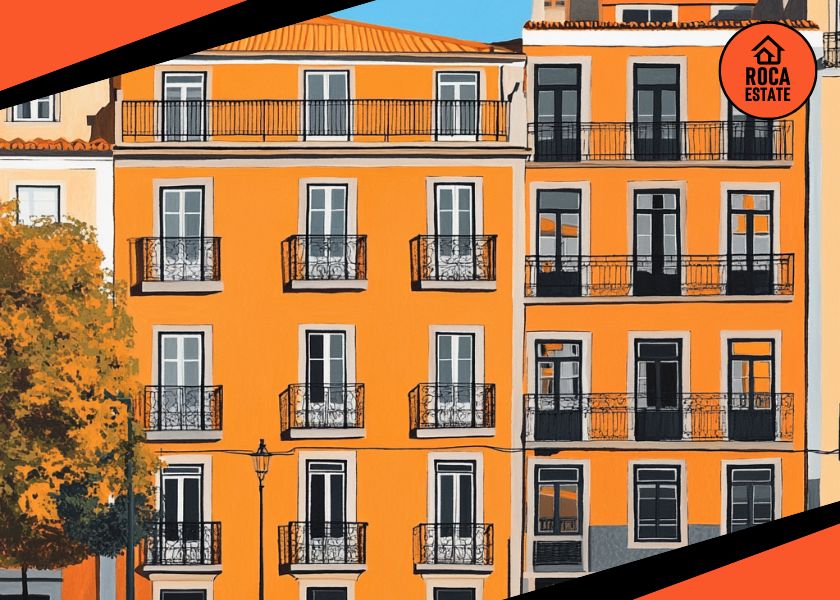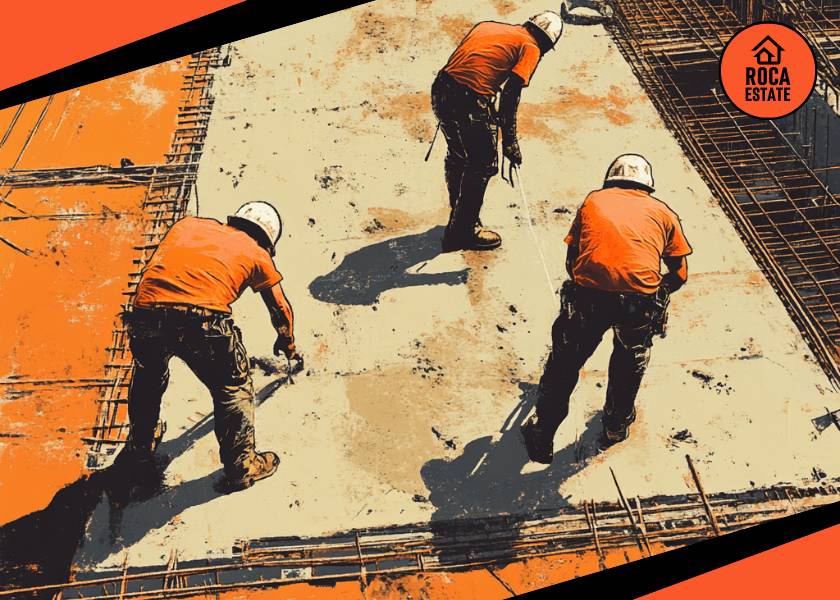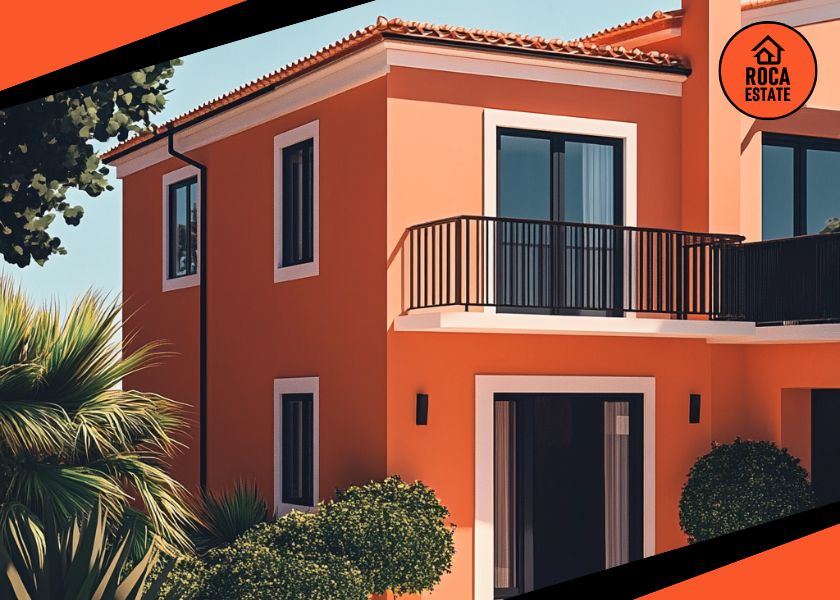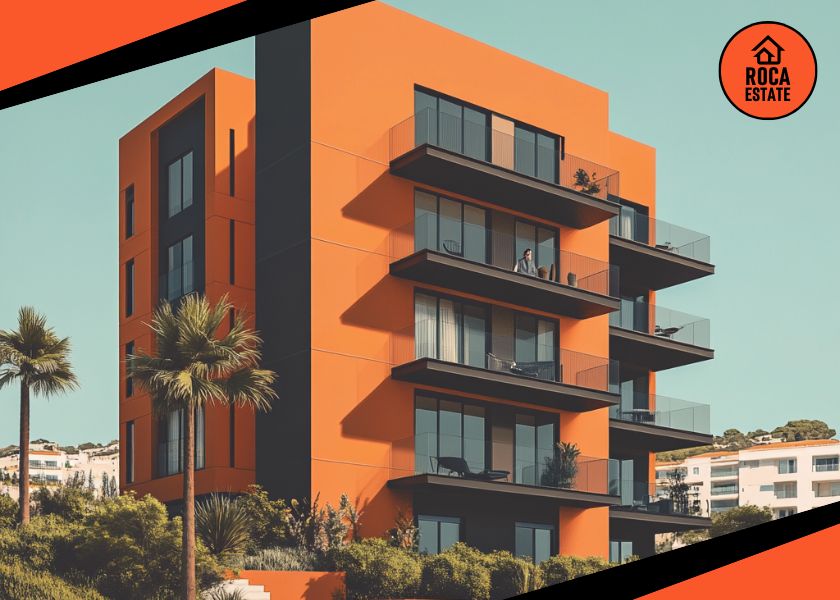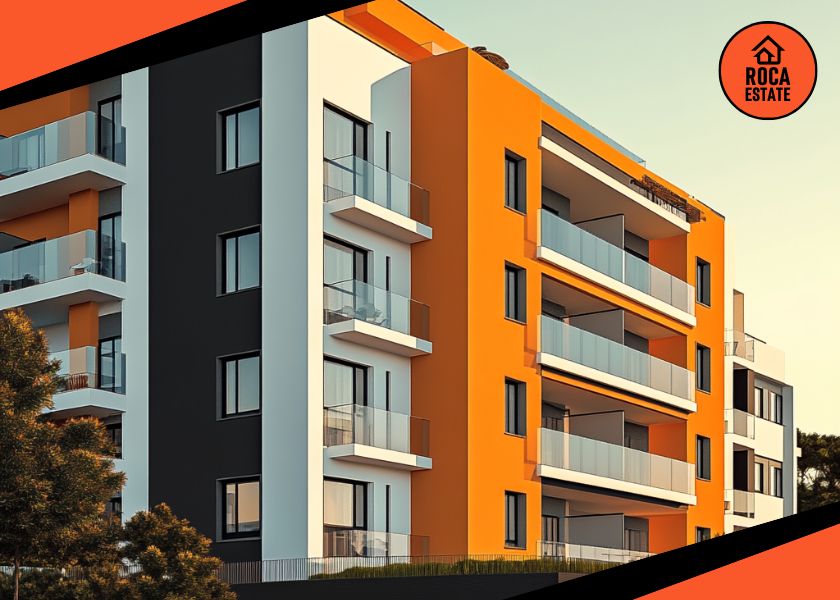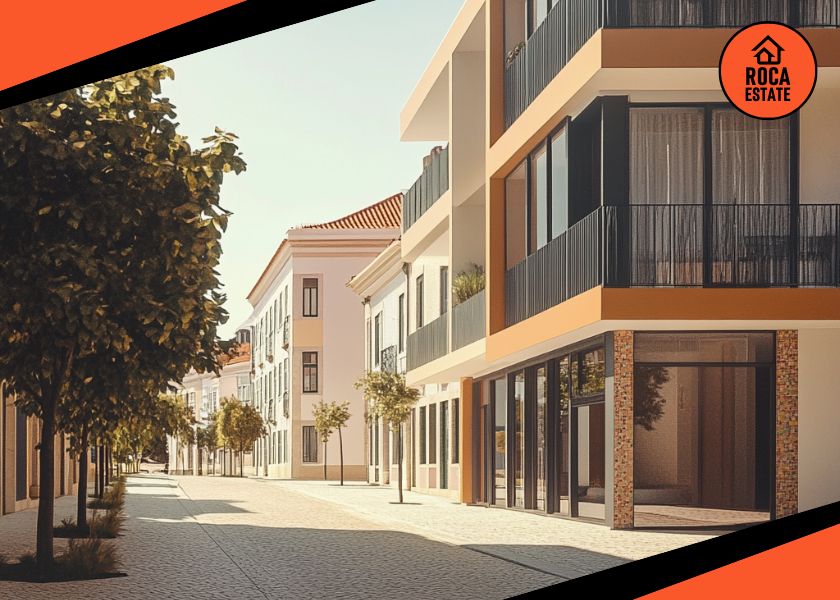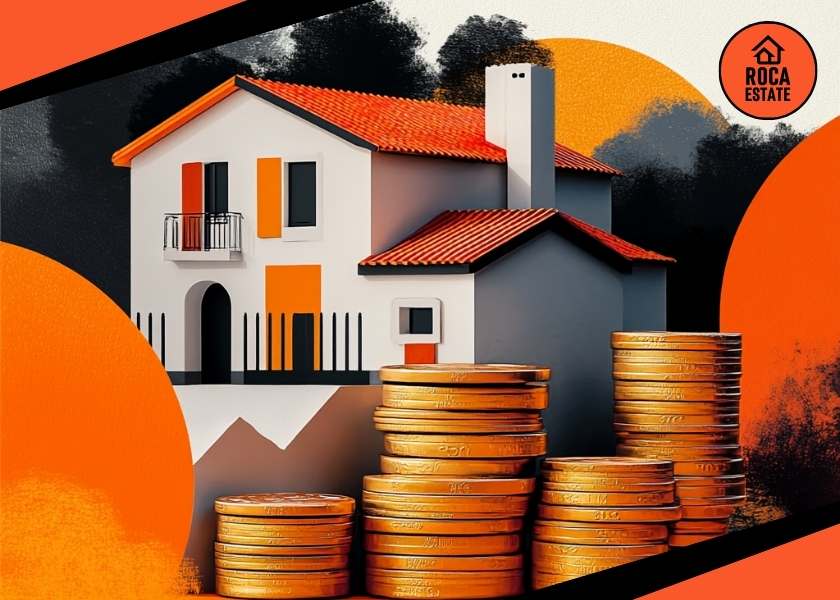According to the latest data from INE, the Portugal real estate market is showing renewed momentum in early 2025. Median house prices rose 18.7% year-on-year in Q1, reaching €1,951/m²—the sharpest annual increase since 2019. Transaction volume also surged nearly 25%, signaling both heightened demand and increased market liquidity.
For those engaged in real estate investment, this report offers critical insights. Growth is widespread but uneven, with certain regions and buyer segments accelerating faster than others. Investors must assess not just opportunity, but also the shifting contours of risk.
Strong Growth, But Geographic Imbalance
Price increases were recorded in all 26 NUTS 3 regions, with Alto Alentejo leading at 51.6% growth year-over-year. However, the high-growth figures in less central areas suggest speculative dynamics that may not reflect long-term fundamentals. In contrast, high-value urban zones like Greater Lisbon and the Algarve posted price increases below the national average, indicating a possible plateau in saturated segments.
While the Portugal real estate market is expanding, growth is uneven. Diversifying beyond traditional hotspots could enhance returns, but due diligence on local fundamentals is essential to mitigate overexposure in overheated areas.
Foreign Buyers Driving Premium Segments
Demand from international buyers continues to influence the high-end of the Portugal real estate market. In Q1 2025, foreigners paid a median of €2,573/m²—33.2% more than domestic buyers. The gap was particularly pronounced in Greater Lisbon (52.5%) and the Porto Metropolitan Area (32.3%).
Foreign capital remains a strong force, particularly in premium coastal and metropolitan zones. However, this dependence introduces vulnerability to external shocks such as visa policy changes, global liquidity shifts, or geopolitical instability.
Volume Growth Signals Active Market Conditions
With over 40,000 transactions in Q1, the market is more active than it has been in years. Greater Lisbon and Porto Metropolitan Area alone accounted for 35.6% of all activity. Liquidity is improving across both urban centers and regional hubs.
Improved liquidity enhances entry and exit strategies for real estate investment, especially for short- to medium-term holdings. However, rising transaction volumes coupled with price acceleration may also reflect speculative pressure.
New Builds and Larger Units Command Premiums
In nearly all major municipalities, new construction outpriced existing dwellings. Cascais led with new units averaging €5,201/m² and four-bedroom properties at €4,681/m². In contrast, more affordable cities like Guimarães posted new-build prices as low as €1,497/m².
Upscale developments remain attractive for foreign buyers and high-net-worth individuals. Investors focused on real estate investment in this segment must account for higher build costs and longer development timelines, but can benefit from strong end-user demand.
Signs of Maturity in Lisbon and Porto
Despite maintaining the highest prices in the country, both Lisboa (€4,492/m²) and Porto (€3,066/m²) saw a deceleration in year-on-year growth. In several Lisbon parishes, including Marvila and Santo António, prices even declined compared to last year.
These core markets may be transitioning into a mature phase. Investors should analyze down to the parish level to identify resilient micro-markets and shift strategies toward yield-based or value-add opportunities.
Outlook and Strategic Considerations
The Portugal real estate market is exhibiting strong fundamentals but faces nuanced risks. Investors should monitor:
- Policy Shifts: Possible changes to residency-by-investment schemes or property taxation could directly impact foreign demand.
- Financing Conditions: Interest rate movements and credit access will shape domestic buying power.
- Regional Migration: The spread of demand into secondary cities and lifestyle regions is real, but varies by infrastructure and economic base.
Conclusion: Navigating Opportunity with Discipline
The Q1 2025 data confirms Portugal’s position as one of Europe’s most dynamic real estate markets. However, the current landscape calls for more selective strategies. Investors should target zones with sustainable demand drivers, prioritize liquidity, and maintain a cautious eye on overheating signals.
For those engaged in serious real estate investment, this is a moment to pivot from generalized optimism to structured, data-driven execution. The opportunities remain strong — but only for those with clear eyes and a disciplined approach.
Looking to navigate the Portugal real estate market with confidence? Contact Roca Estate for expert guidance and tailored investment opportunities.

